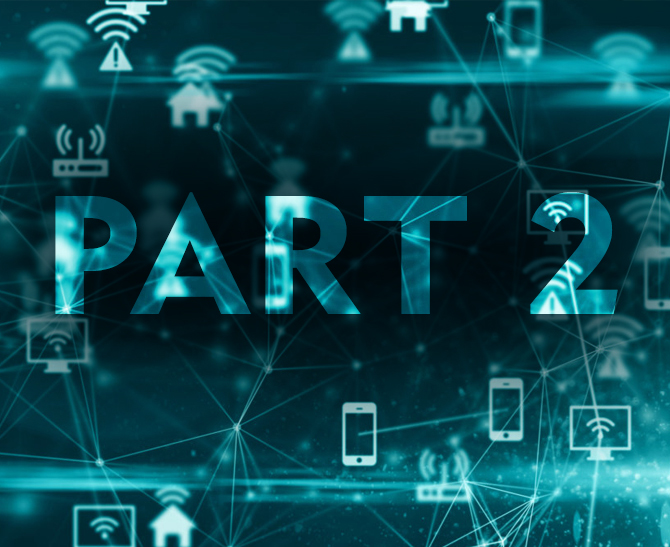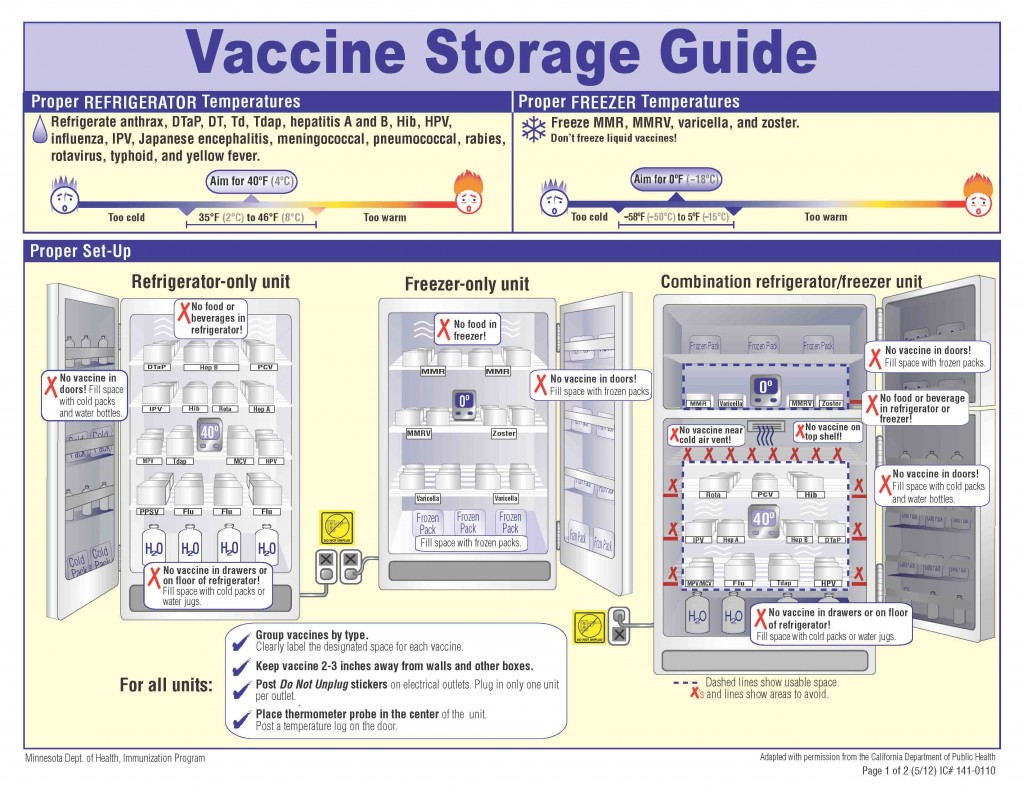Share
Blog
Commercial Refrigeration E-Control Systems Food Service Healthcare Life Science Restaurant & Supermarket Retail School Transportation Warehouses Wireless Temperature Monitoring





























































